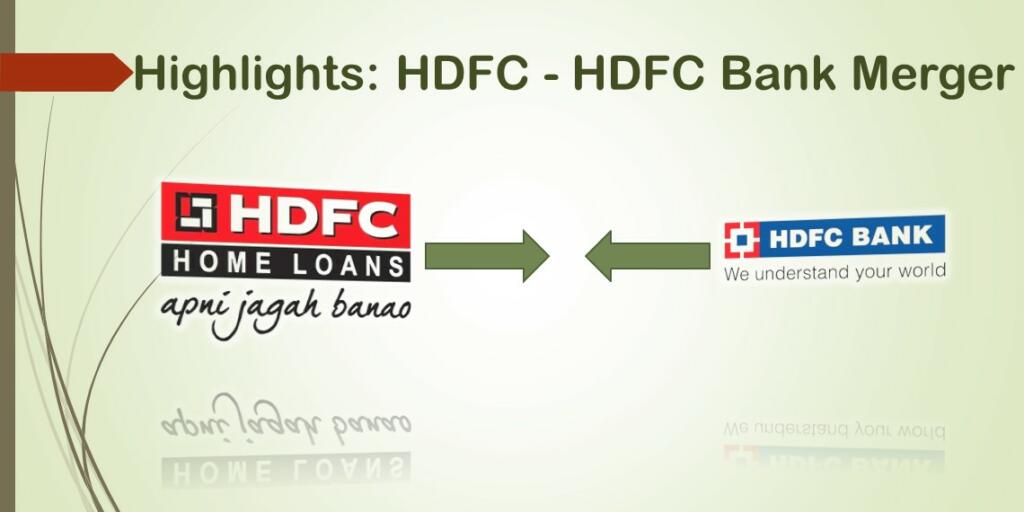In the last decade, the Indian banking sector went through one of the worst phases. High NPAs, low lending and insufficient capitalization were among the major problems faced by banks. But in the latter half of the last decade, the fundamentals of the banking sector became strong thanks to reforms like Insolvency & Bankruptcy Code. Now the banking sector is all set to rise once again with the merger of HDFC twins coming as an omen for this. Shares of Housing Development Finance Corp (HDFC) and HDFC Bank rallied up to 13% on Monday as investors cheered the merger of the mortgage lender with the bank.
With the merger, the combined entity will be one of the largest banking sector companies in the world. The amalgamation of HDFC and HDFC Bank will create the third-largest entity in India in terms of market capitalisation (₹12.79 lakh crore), after Reliance Industries (₹17.93 lakh crore) and Tata Consultancy Services (₹13.77 lakh crore).
HDFC Limited, the country’s largest housing finance company, has total assets under management (AUM) of ₹5.26 lakh crore and a market cap of ₹4.44 lakh crore. Meanwhile, HDFC Bank, India’s largest private sector bank by assets, has a market cap of ₹8.35 lakh crore.
“With a tightening of the regulatory environment, especially with regards to the NPA recognition norms of the high-margin builder-lending book of HDFC and increased competition from public sector banks and new-age fintech companies, it is not entirely a merger of choice. The merger will be more beneficial to HDFC Ltd. since it has a lower profitable business and with HDFC Bank it can increase its product penetration,” says Abhay Agarwal, founder and fund manager, Piper Serica.
Read More: Formation of IIA will put an end to CA monopoly in India
Consolidation and privatization of the banking sector are necessary for the expansion and growth of the financial sector of the country. The banking sector is playing the role of a decelerator in the economic growth of the country given the fact that credit penetration in India is one of the lowest in the world.
In the last Economic Survey, policymakers argued that India should have at least 6 banks at the top, while it currently has only one- SBI. Even countries like Finland, Austria, and Denmark perform better than India. The Survey observed, “India’s banks are disproportionately small, compared to the size of its economy. In 2019, when the Indian economy is the fifth-largest in the world, our highest ranked bank—State Bank of India— is a lowly 55th in the world and is the only bank to be ranked in the Global Top 100,”
The primary reason behind the poor performance of Indian banks is the domination of the public sector in the banking and financial services industry. The PSBs are well known for their inefficiencies and lethargic operations. Most of them operate under public pressure and have been infamous for giving loans on phone calls.
Moreover, given the inefficiency of PSBs, they will not survive in the era of exponential fintech expansion unless driven by a private-sector zeal. The government should privatise these entities as soon as possible to ensure that it gets a good value for these entities.
The investor confidence in PSBs is so low that the market capitalization of all PSBs is lower than that of HDFC. A single private sector bank is valued more than all the public sector banks of the country. When privatized, all banking entities will be as efficient as other private banks & they will generate wealth for their shareholders.
